The first question that pops up when you make bows is “what is the best wood for bows?”
Well, that is a challenging question to answer.
Usually, I would tell them to go for any wood that is available because really, almost any wood will make a good bow if you design it well.
Woods that you should keep off are softwoods, the likes of pine, spruce, fir, and cedar. They are too weak to stand the stretching and bending.
Also, keep off brittle exotic trees like teak and mahogany. Yes, these woods are hard and strong but they become brittle after some time and snap when bend.
I have tried several kinds of wood (and grass because I have used bamboo as well) and have heard of several others that are good for making bows.
Here are the woods I would consider the best wood to make a bow and arrow:
1. Osage orange
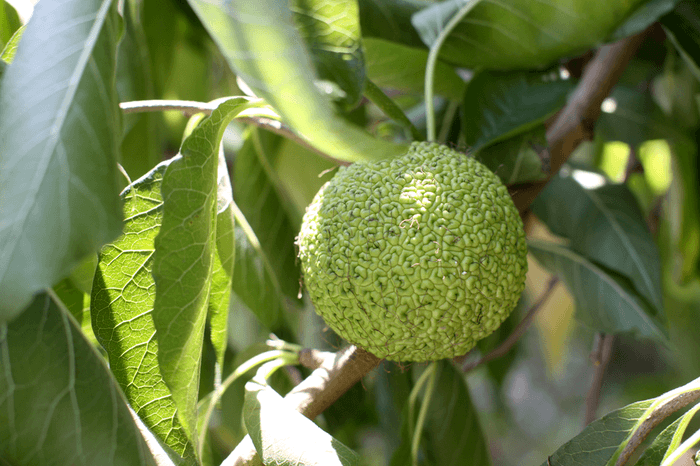
Everyone that uses a bow made from this wood will list it as their top favorite wood for bows in archery. It has good tensile and a super compression strength that balances well. This wood does not even rot when buried.
When some heat is applied to this wood, it bends like a cooked noodle. It is flexible therefore enables it to be made into many bow designs and becomes a great performer even to the newbies.
Its cons, however, are that it is so hard to find and has quite a price tag. It also messes with my sinuses when it is still green.
Let's see how to make a simple traditional bow with osage orange below:
2. Bamboo
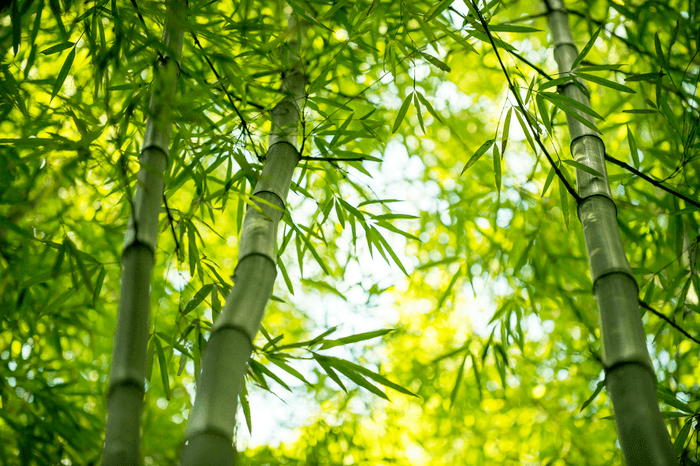
If you can get bamboo then go for it. First, it is easy to get, I mean easier than Osage orange wood and less expensive.
It needs a bit more work but you can be assured of ending up with a longer lasting bow, just as long as you don’t lose it!
Bamboo can be affected by heat, it makes it increase in elasticity. Ancient bow makers like Howard Hill did this when making bows from bamboo.
When making bamboo archery bows, let the outer surface be the belly to balance the set.
3. Red Oak
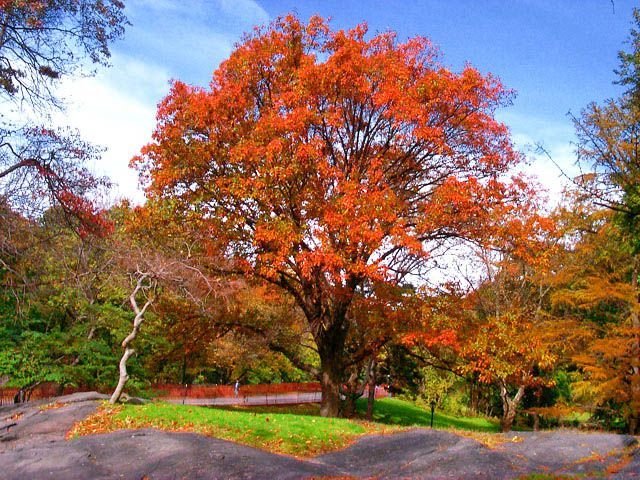
The fascinating thing about red oak is that it is easily available and it is cheap. I have never missed red oak in any Lowes and Home Depot that I have walked in.
Red oak is very porous, especially in its earlier growth rings.
It is therefore important to go for a piece with thick late growth rings that are less bristle.
Red oak boards are heavier so if you find a board with thick boards it is not necessary to back it. You can back it anyway because a good bow needs backing, whatever the wood it is made from.
4. Hickory
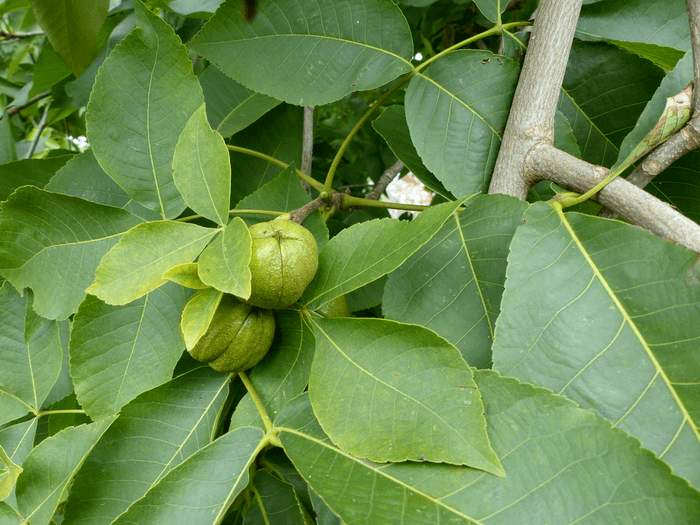
Hickory is the ultimate newbie wood. It is super cheap and easy to find. Hickory tolerates more wood run than any wood I’ve ever come across and it has a strong tension that makes the perfect backing.
Like bamboo, it has a very strong tinsel strength so to make a bow it needs to be thin. It is good in making a selfbow.
I am yet to try making a selfbow with it because I’ve heard from several people that it does not break. Hickory, however, disappoints with its high rate of moisture absorption so is does not perform well in a damp environment.
It is just prone to set after some time becoming sluggish. I’ve had trouble with getting its back off but I discovered putting it in a hot shower for half an hour makes it easy to get it off using a chisel.
5. Birch

I’ve never used birch for making a bow, but once I lay my hands on this wood, I will make a bow out of it. Too bad it may not be so soon because birch is not common here.
It is found in places where no other bow wood is found, so I might as well mention it for those who are lucky enough to get it.
Most bow makers who have worked with it say that it is weaker than most whitewoods. It has various species, yellow birch being the strongest of all other species.
Once I get it, I will use it for making a flatbow like a pyramid but not mollegabets or D-section English longbows.
6. Ipe
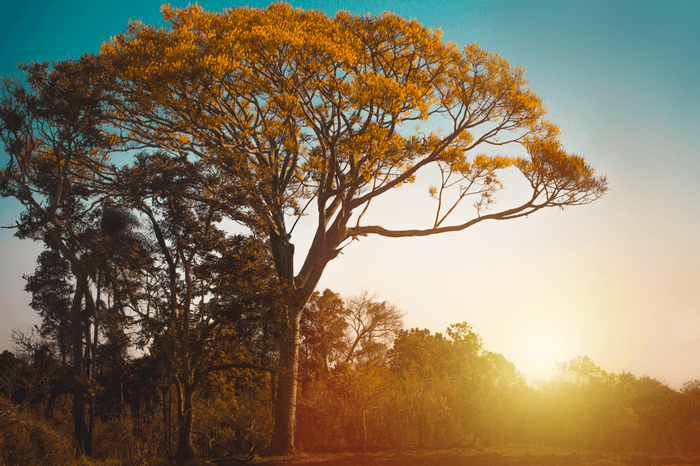
This is pronounced as "EE-pay". It is a very strong wood so it allows you to make thinner lighter limbs making a faster bow. It does well when backed with bamboo.
Ipe is used in making decks because of its resistance to decay. That is also a good quality for making bows. Beware if you sneeze when using this wood because some people have allergic reactions when using it.
7. Eastern Redcedar
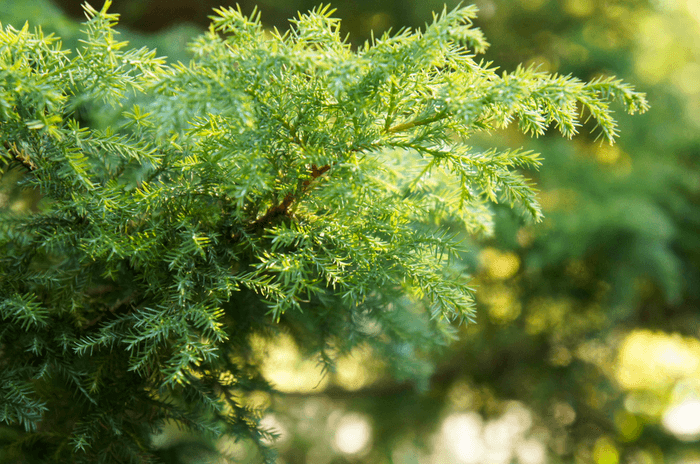
Wait, I’m not contradicting myself here. Yes, I remember warning you against cedar, but despite the name, this isn’t cedar. Its Latin name Juniperous Virginiana will make you understand that is actually a species of juniper.
This is the best wood for making a longbow as it is so brittle and light. Its strong compression and weak tension make it perfect for making English longbow designs with a D-shaped cross-section.
It can be used in making flat bows but in this case, you will need to add sinew for the back to help with the tension problem.
8. Plum

This is my favorite sapling bow wood. I use the prunus americana species. It has a strong tension and compression making it suitable for handling the high crown of saplings.
9. Dogwood

Dogwood has a high compression. It is dense and very strong. Finding bow quality pieces might be a challenge but once you find some, you will fall for its charm.
That’s my top list of the best wood for bows that I recommend for bow making. Hopefully you found good wood for bows in my top nine categories, or maybe you just need to share how great one of them is for more details.
Excuse my lack of experience with some woods that are not found in my locality and just feel free to share it in the comment box below.

Hi, great site. Very informative. I was just curious (being English!) that you didn’t mention the yew, it being almost legendary as a bow wood.
Nice to know that, Conor.
Hey can you use just normal orange wood or does it have to be Osage orange ?
Osage Orange, Brodie.
Maple trees can also be used to make bows and yew trees as well
Really? I don’t know that, Tyler
Yes, the Spanish Yew was the tree used by English archers to make the English warbow. The distinct heartwood and sap wood make it ideal (no need for lamination). The English yew was a bit knotty and twisted, but the Spanish yew grows nice and straight.
i live in one of these areas where all i have is birch so i guess my options are a little limited, thanks for the info and if you would like some wood im sure i’ll have lots to spare
Will contact you next time, Derek, lol
What is the best glue to use on a longbow , for laminating?
What parts of longbow do you need to glue, Pieter? Btw, this post might be useful for you: https://archerytopic.com/best-fletching-glue/
Titebond II, yellow wood glue.
this is a great website thanks for the info!! i found it great!!
I haven’t noticed that. Fixed it already. Thanks Douglas.
Your red oak is a maple tree.